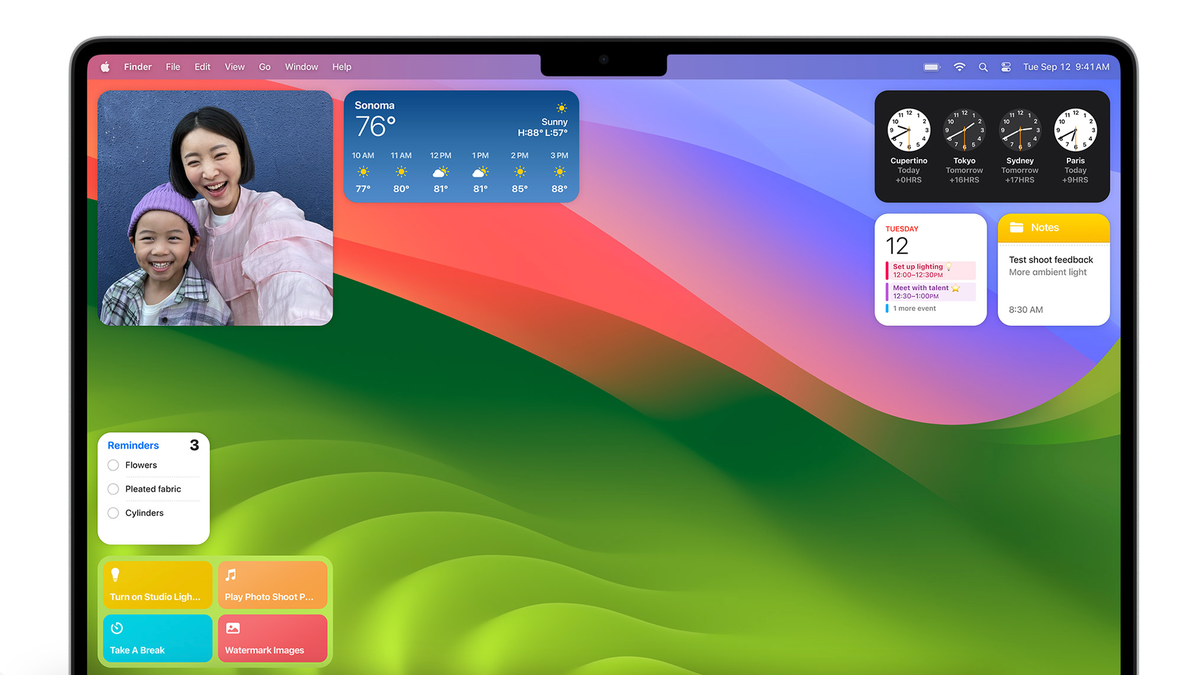These New Sonoma Desktop Widgets Are Really Helpful

Mac OS X once had a special widget panel where you could add all sorts of neat little interactive utilities. With the release of macOS Mojave in 2018, Apple finally put an end to the old system and did not replace it with anything. Sure, you can add widgets to Notification Center, but who actually uses that?
In macOS Sonoma, widgets are back and are now located directly on the desktop, just like on the iPhone. In fact, these are the same widgets found on your iPhone. While the dashboard could be hidden when you needed it, new desktop widgets are always available. The good thing is that they are really useful.
How the new widgets work in macOS Sonoma
The new widgets in macOS Sonoma are built on the same platform as the widgets on your iPhone and iPad, so they’ll be in the same size class. Unlike Android, you cannot resize these widgets once you select a size, but you can customize the widget’s contents from the context menu.
All widgets can be freely moved around the desktop or snapped to a grid. A simple click anywhere on the desktop removes all active windows, revealing the entire desktop. This small gesture already makes the widgets more convenient to use.
Once you see all your widgets, you can use your mouse to interact with the components. For example, you can flag an item in Reminders, open a link from Safari’s Reading List, start a timer in a time-tracking app, and more.
How to add and customize widgets on the macOS desktop
Right-click any free space on your desktop and select the new Edit Widgets option. At the bottom of the screen you’ll see a new iPad-style widget selection window. You can scroll through all the available apps in the left sidebar and see all the app widgets in the main area on the right.
Likewise, you’ll find that widgets you’ve already set up on your iPhone (using the same Apple account) will appear here automatically, even if you don’t have the app installed on your Mac. This means you can add your own Widgetsmith widget or track your steps or fitness from your Mac desktop.
If you like the widget, just drag it anywhere. When you drag the second widget, the Mac will show you a grid template that you can snap it to, but you don’t have to stick with it. You can place widgets anywhere. After placing the widget, right-click and select the Edit option to customize the widget. These options will vary by application, but it is recommended to review this menu when setting up. You can also use the context menu to remove widgets.